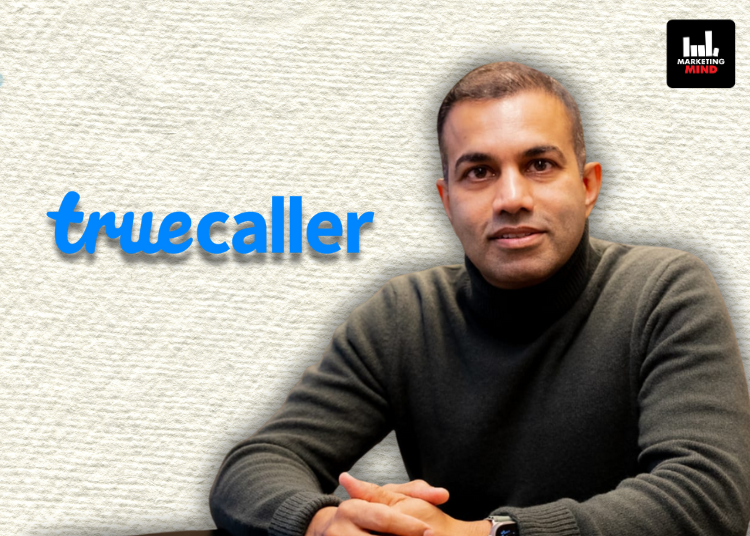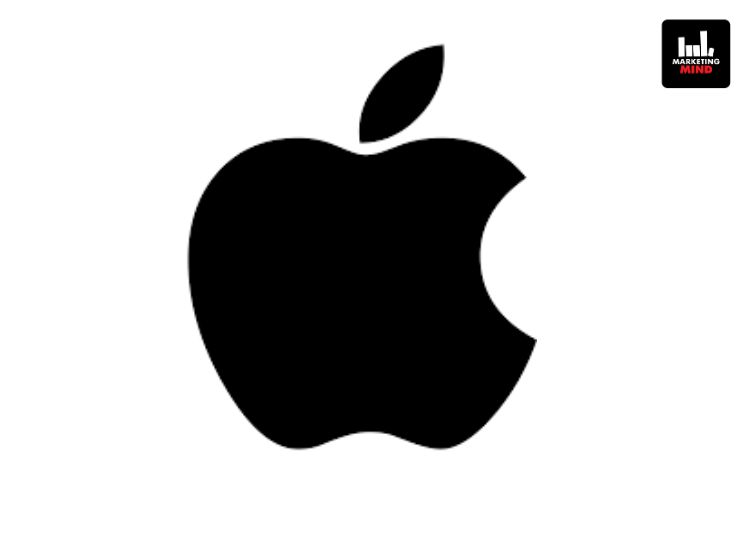The Sleep Company, an omni-channel comfort tech brand, has swiftly expanded its presence in metro cities within just four years of its inception. Now, looking to tap into India’s aspirational tier 2 and 3 cities, Ripal Chopda, Chief Marketing Officer (CMO), The Sleep Company, emphasised that these areas have always held substantial economic potential but brands like theirs aims to convey that the amenities and products desired in metro areas are equally accessible locally, bringing urban comforts to every doorstep.
In a conversation with Marketing Mind, Chopda highlighted the advertising and marketing strategies being employed to engage new consumers, including utilising performance marketing in conjunction with thorough research and development channels. Their approach spans various platforms such as regional TV, YouTube, Facebook, and print media.
Each market benefits from a customised media mix model designed to enhance the brand’s outreach strategy.
Furthermore, he guided us through the strategy and execution of their most recent campaign, #MakersOfPeacefulSleep, which featuring Bollywood actor Anil Kapoor.
The Sleep Company’s Growth Trajectory
Chopda highlighted, “If you look at our journey over the past four years, we started in 2019, and this November, we will be completing five years. During this time, we have been doubling our sales year after year. Last year, we saw an increase of about 2.2 to 2.3 times.”
Furthermore, he added that this year, while the growth rate might be slightly lower, it still aligns with the brand’s overall trend.
“In terms of expansion, we ended last year with around 80 stores. By the end of May this year, we had already reached over 90 stores. Our goal is to expand to 150 stores by FY 2025. This means we are planning to add around 70 stores this year. If we do not achieve this, our growth will inevitably be impacted. This is a significant aspect of our growth strategy,” Chopda said.
He emphasised that another key element of their strategy involves expanding not only in metro areas but also in tier 1 and tier 2 cities. For example, in metro areas, The Sleep Company is focusing on optimal density. In Bangalore, for instance, they have 19 stores. Compared to their competitors, they lead in the Key Operational Performance Unit (KOPU) experience there.
“We’ve mapped Bangalore so that 75% of the city’s population can reach one of our stores within 15 minutes. We understand that Bangalore residents prefer not to travel far due to traffic, so we strategically place our stores in convenient locations to save them time,” he said.
“In Hyderabad, we have expanded rapidly. By the end of last year, we had 5 stores, and within 2-3 months, we opened 5 more, bringing the total to 11. We are increasing our store density in major metro areas. In Delhi-NCR region, we have around 13 stores, including locations in Ghaziabad, Noida (2 stores), Gurgaon (2 stores, with another one opening soon), and 6 stores in Delhi itself. We also have a store in Faridabad,” he added.
Furthermore, he went on to say that they plan to expand into 8-10 more tier 1 cities and explore smaller cities as well. For instance, they have opened stores in Warangal and Guntur, both with populations of 5-10 lakh. This experimentation with tier 2 and tier 3 cities is part of the brand’s growth plan for the next financial year.
Chopda also pointed out that in the premium segment, they are the market leaders on Amazon.
“We clearly dominate this space. Our strategy is to focus on micro markets, tailoring our approach to each specific area. For example, in Bangalore, where we were early entrants and have significantly expanded, we aim to become a strong number two or even the leader by the end of this year there. Achieving this may take 12 to 18 months, but our goal is to continually capture each smaller market, one at a time,” he said.
He also highlighted, “Last year, we spent approximately Rs 80-85 crore on advertising, and we anticipate spending even more than that this year.”
Technology integral to The Sleep Company’s product range
“Our product technology stands out due to our SmartGRID technology, one of our core offerings. This innovative technology is the most differentiated aspect of our brand, and we have consistently highlighted it in all our communications,” Chopda said.
For example, when they launched a new chair, it was introduced with multiple patented features and an unprecedented mechanism. Traditional office chairs typically rely on knobs for adjustments, but The Sleep Company’s chair uses buttons, simplifying the user experience and enhancing overall satisfaction. This approach not only improves consumer experience but also elevates the product to a premium level.
“Our aim is not to compete in the mass market but to focus on the premium segment. We believe this is where the future of India’s economic story lies. As the country’s GDP and purchasing power increase, more millionaires will emerge. In every country, when the GDP grows, the upper spectrum of consumers sees a rise in their propensity to consume. This group always has higher purchasing power, which significantly drives GDP consumption,” Chopda said.
“We can see this pattern in China and the US during the 1960s and 70s. This is the context in which we are trying to work upon in the larger context,” he added.
How The Sleep Company differentiates itself in the market
Chopda emphasised that in this industry, there was no innovation until The Sleep Company stepped in five years ago with a patent on SmartGRID technology, which now forms the core of all their products. Every product they offer includes this SmartGRID feature.
“The second key aspect is our entire go-to-market (GTM) model. Traditionally, this industry relied heavily on dealership models. However, we discovered that dealerships often provide a subpar customer experience which discourages customers from spending much on this category, reducing it to a low-involvement purchase,” he said.
“To counter this, we decided to enhance the entire purchasing experience. This led to our company-owned, company-operated (COCO) model. Through this approach, we control the in-store experience, ensuring it is delightful and informative. Our stores feature sleep labs where we explain the technology behind our products, elevating the customer experience and engagement. We encourage people to spend 10-15 minutes trying out our e-mattress. We ask them to take their time with it. Lie down, relax, and get a feel for it. Buying a mattress is a significant decision since they’ll be using it for the next 10 years,” he added.
Furthermore, he went on to say that from a marketing perspective, The Sleep Company’s approach stands out as particularly significant. Previously, everyone in this category targeted females but the brand took a different route, identifying males as the key decision-makers.
“We observed that the shopper is different from the final consumer. The shopper, often a male, brings the entire family to the store. He decides which two or three brands will be considered. Once inside the shop, then it becomes a family decision,” he added.
Advertising and marketing strategies adopted to reach out to new customers
The brand’s strategy involves leveraging performance marketing alongside extensive research and development channels. This includes platforms like TV in regional markets, as well as YouTube, Facebook, and print media. Each market receives a tailored media mix model aimed at optimising the brand’s outreach strategy, Chopda said.
“What works in Bangalore may not be effective in Tamil Nadu, so we focus on refining our approach across these key channels,” he added.
Furthermore, he said that today, digital platforms account for approximately 80-85% of their expenditures, while traditional media spending ranges around 15%.
Improving engagement through influencers and regional celebrities
“Today, we have categorised influencer marketing into two parts, bottom funnel and top to mid funnel. We work with influencers in two ways. First, we create long-form videos with them, and they assist us throughout the process. Second, we use these influencer videos for performance marketing, leveraging their recognizable faces to build trust,” Chopda said.
He also highlighted that they are significantly expanding their efforts with regional celebrity partnerships. Currently, the brand’s team is engaged with several prominent figures across various regional markets.
“For instance, in Tamil Nadu alone, we are collaborating with 3-4 celebrities. Similar engagements are underway in Andhra Pradesh, Karnataka, Kerala, Bengal, and Assam. Our strategy focuses on harnessing the influence of these local celebrities within their respective regions,” Chopda said.
“While our collaborations with major celebrities like Anil Kapoor and Jim Sarbh continue to thrive on a larger scale, we are also cultivating relationships with emerging brand ambassadors and regional stars. These partnerships leverage the popularity of these TV personalities in their local markets, enhancing our outreach and engagement strategies,” he added.
The strategy behind the ‘House of Brands’ positioning
Chopda said that they have identified two key elements here. The first is the recognition that each product category addresses a distinct consumer need gap, influencing both category selection and brand preference. Consequently, as specific products or categories mature within our portfolio, they have opted to introduce them under separate brands, fostering a ‘House of Brands’ approach.
“Over the past 12 to 18 months, office chairs have emerged as a significant growth driver for us. Building on this momentum, in late 2023, we launched ErgoSmart as a new brand dedicated to office chairs and workplace solutions,” he said.
“This decision stems from the realisation that the ergonomic needs of office furniture differ significantly from the comfort requirements of mattresses. By establishing distinct brands like ErgoSmart, we aim to better address these varied consumer needs and communicate directly with our target audiences in a more resonant manner,” he added.
Decoding #MakersofPeacefulSleep Campaign
Recently, The Sleep Company launched a new campaign, #MakersofPeacefulSleep featuring Bollywood actor Anil Kapoor.
The campaign highlights how The Sleep Company’s mattresses provide deep, undisturbed sleep through their innovative and patented SmartGRID technology.
Conceptualised by Steve Priya, the campaign features a vibrant setting where Kapoor and two robots engage in a spirited game of table tennis, creating the atmosphere of a stadium. In spite of the cacophony surrounding him, a man remains peacefully asleep, unaffected by the disturbance.
This striking visual emphasises the exceptional quality of The Sleep Company’s patented SmartGRID technology, which ensures sleeping like a log irrespective of the noise or stress in the external environment. It is aimed at giving assurance about its capability to put you to deep sleep and guarantee a rejuvenating sleep experience from night until morning.
Here’s a link to the campaign :
Chopda explained the decision to involve Kapoor in the campaign, stating that the actor embodies qualities such as integrity, trustworthiness, and an approachable demeanor, which have been instrumental in our association with him for nearly four years.
“During this time, we have collaborated on four successful campaigns. Our focus has been on establishing a strong brand identity under the theme #MakersOfPeacefulSleep. This initiative aims to elevate the brand beyond mere product promotion, addressing a category perceived as lacking in consumer-centric benefits. By emphasising how our products contribute to peaceful sleep, we aim to resonate with consumers and build a lasting brand presence,” he added.
Furthermore, he went on to say that in the ad film there was a lab setting featuring robots and Kapoor observed the operation, taking on the role of a scientist cum a person who was basically overseeing the lab. This portrayal enhances the brand’s credibility in the fields of science and technology.
“Another aspect of our upcoming campaign focuses on building consumer trust and emphasising the durability of our products. This initiative aims to highlight our efforts in manufacturing superior quality products,” Chopda said.
While explaining the media mix of the campaign, he said that generally, digital serves as their primary channel. However, they are increasingly focusing on TV and regional markets, starting with Andhra Pradesh and Telangana. This strategy aims to pave the way for expansion into other markets. Additionally, print media plays a role in the brand’s campaigns.
















